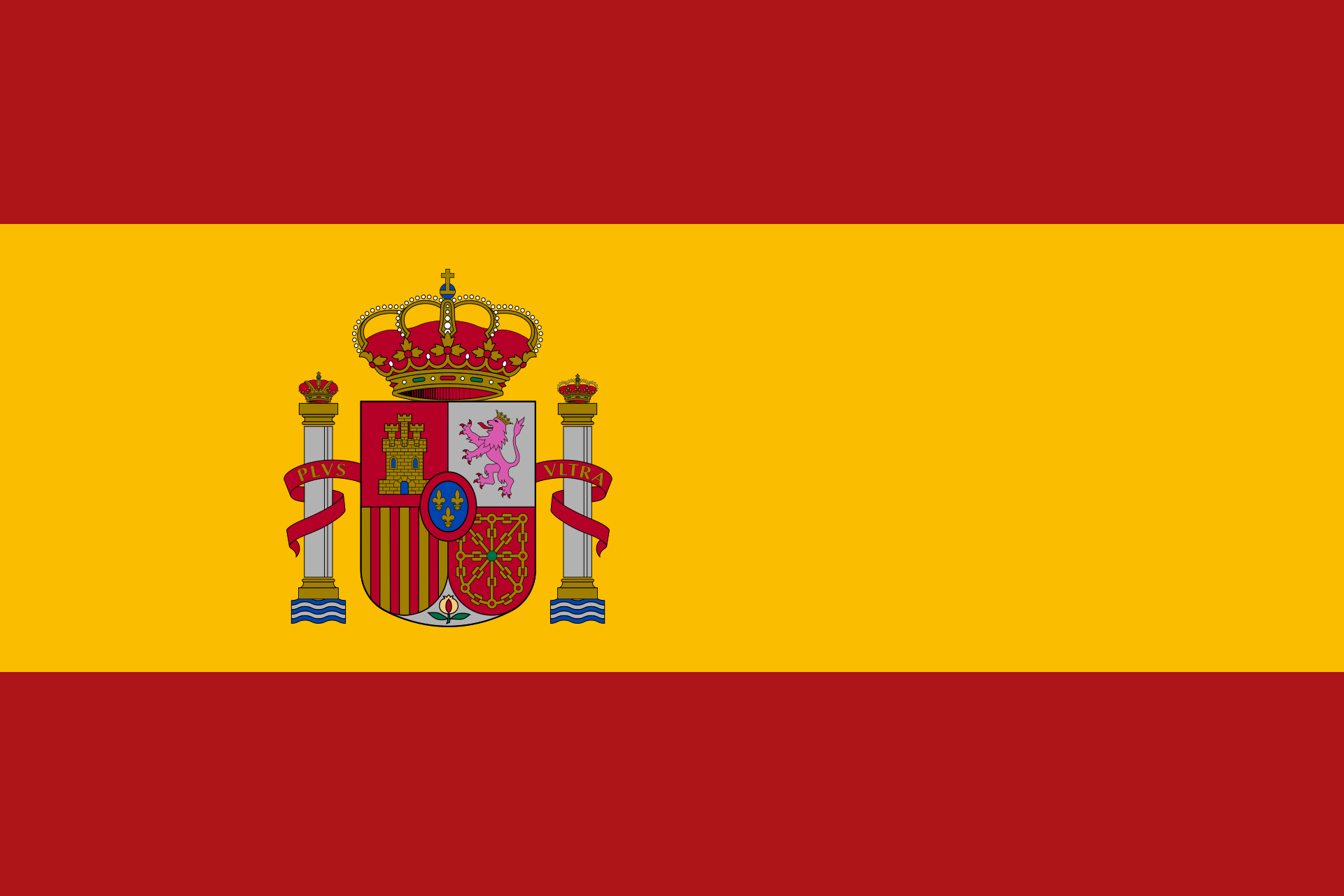FREE SHIPPING FROM 150€📦🇩🇪
The digital workflow in dental technology

Berlin, Munich and Lemförde saw red with SHERA
Yes, we all know: Dental technology has gone digital! The dental technology experts from SHERA have been able to see just how much at three Events in Berlin, Munich and most recently in Lemförde. Under the motto "Lemförde looks beautifully red", the speakers ZTM Ralf Oppacher and ZT Christoph Saipt demonstrated in their lecture what is possible today in digital model production. But before that, SHERA boss Jens Grill invited guests to take a look behind the scenes of the dental industry company and amazed them with interesting facts about the development, production and distribution of products for dental technology.

"Digitalization is here - and it has also arrived in dental technology," said SHERA speaker Ralf Oppacher, who welcomed the audience. He then impressed the audience with figures - SHERA produces 19 tons of plaster every day. Sales are stable, but the plaster market is shrinking worldwide. Plaster models will become increasingly rare in the future, and the number of intraoral scans is increasing.
This is where 3D printing scores
It is high time for 3D printing and the CAD/CAM workflow in the laboratory. Since entering the field of 3D printing in 2015, the SHERA team has built up an impressive amount of knowledge and implemented it in its products and workflows. For Ralf Oppacher, the advantages of 3D printing are quite obvious - but there are four points in particular that are important to him and where he sees the 3D printing workflow from SHERA as being way ahead of all the others. Point one is speed: the model design is made possible with the help of the CAD software. SHERAeasy model within five minutes - making the model builder from SHERA Material Technology many times faster than established large software solutions. The second point is simplicity: with SHERAeasy-model, anyone can construct a model - even unskilled workers. The third point is profitability. Now the model design is back in the area of work preparation and does not block highly qualified technicians, who can then be available for more profitable work. The fourth point is the best model quality - even in your own laboratory. The hexagonal printing structure not only allows the printer to print faster, it also saves a lot of material per year and thus reduces laboratory costs. This special printing structure also ensures that the model is uniquely rigid. 

Model construction in just five minutes
Now the practical part takes center stage and dental technician Christoph Saipt is at his best, moving the cursor across the screen at top speed. Nevertheless, the participants still have enough time to follow each step carefully. At the same time, Ztm. Ralf Oppacher stops the time - and just a few minutes later a stump model for a bridge is fully constructed. In Munich, top dental technicians such as Ztm. Christian Vordermayer, Ztm. Shahab Efarjani and Ztm. Gabór Filep supported the speakers and emphasized that it is now urgently time to join in with digitalization and develop their own concept for it. "It is important that not everyone in the laboratory is responsible for everything," emphasizes Ztm. Christian Vordermayer. Rather, it makes sense to first familiarize one employee with the 3D printing technology in order to keep sources of error as low as possible, was his valuable tip, which he shared with the audience.


3D printing model goes aesthetic
In all of his lectures, Ralf Oppacher, the master dental technician, discussed the phenomenon of afterimage color and the role it plays in dental technology. The phenomenon, also known as negative afterimages, describes an uneven load on the photoreceptor cells that we encounter again and again in everyday life, for example when we look at a bright light source and then close our eyes. If we now look at a blue-colored cross for a while and then look at a white surface, we will see the same cross in its complementary color. If we now transfer this phenomenon to the work of a dental technician, it immediately becomes clear what influence the model color can have on the result. But SHERA would not be SHERA if they did not have a special feature in store. They proudly presented the gum-colored models made of the material SHERAprint model aesthetic red . The highlight: The tooth-colored stumps inside are all removable. Using this model, he also demonstrated the other advantages of the printed 3D model. The teeth and stumps are rotation-proof, conical and can all be made removable in the software with just a few clicks. It couldn't be simpler or safer.


Conclusion
With the Modelbuilder SHERAeasy-model , the conical stumps and the appropriate materials, such as the SHERAaprint-model aesthetic red , SHERA Werkstoff-Technoloige GmbH has brought a product onto the market that is absolutely competitive with the well-known saw-cut model and is impressive. In conclusion, Ralf Oppacher, MD, quoted his dental colleague Jochen Peters, who said: "For me, the SHERAprint-model aesthetic red fulfilled my greatest wish of finally working on a model that also reproduces the color of the oral situation." With these models, dental technicians can see really beautiful red.






